The Hidden Power of Punctuation: How a Single Mark Can Change Everything
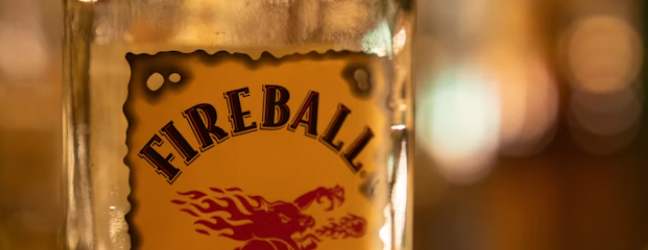
I spent two decades making the em dash my signature, and I’m not giving it up without a fight.
While other kids obsessed over Pound Puppies in the mid-80s, I fixated on punctuation marks. Apostrophes, ellipses, colons. I loved them all. Eventually, I found my forever favorite — the em dash. It’s basically the Meryl Streep of punctuation marks: dramatic, versatile, incapable of turning in a bad performance.
I didn’t discover the em dash in a classroom. I stumbled upon it under fluorescent lights in the media center at the 2002 Winter Olympics, writing sentences that had to keep pace with the luge. I leaned on it again at Reuters in the late aughts, keeping ideas alive in articles otherwise overridden by numbers and stats. I started slipping em dashes into everything I wrote, even hard-coding them in editorial style guides that long outlasted my employment. The dash became part of my voice, as natural as my handwriting.
The em dash is like sourdough starter — it’s been around forever, but has only recently found the spotlight. Printers used it as early as the 15th century, and Emily Dickinson scattered it through her poems when other marks felt too prim. Dickens, Didion, Salinger, and Roth leaned on it to digress. Originally drawn as a line the exact width of a capital “M” (hence the name), it’s been hiding in plain sight for centuries. Still, the style police can’t agree: Chicago, APA, and MLA forbid spaces on either side of the dash, while AP insists on them. Catfight.
To me, though, the em dash isn’t just punctuation — it’s personality. It’s an interruption, a breathless aside, a change of direction. It’s how people actually talk. The semicolon feels like a know-it-all. Parentheses are fine if you want your thoughts to whisper.
But the em dash? The em dash barges in mid-sentence with a bottle of Fireball and says, “Sorry, but you really need to hear this part.”
National Punctuation Day was yesterday, September 24, giving the world a chance to celebrate commas, periods, question marks, and all the other overlooked marks that hold our sentences together. It’s a lovely idea. But my allegiance is already spoken for.
Which is why it kills me that ChatGPT loves the em dash so much. Like, calm down, robot. You don’t even have thoughts to interrupt. Thanks to AI’s obsession, my sincere sentences now look suspicious. Colleagues side-eye copy I’ve sweated over. My favorite tool — the little black dress of punctuation — has turned into an AI fingerprint.
My coworker Luka recently had a stellar idea: “They need a third dash, like a mega-dash. Or a giga-dash, just slightly larger than an em dash so you know it was written by a person.” I would wield a giga-dash like a sword. I’d stab it right in the middle of a sentence and dare anyone to accuse me of outsourcing my thoughts to a bot.
But until the giga-dash comes along, I’m sticking with the em dash. Suspicion be damned, it’s mine. And if you think my writing sounds like ChatGPT, maybe that just proves the bot knows a good interruption when it sees one.
Val Henderson is a lifelong word nerd whose work has appeared in/on Reuters.com, Entrepreneur, NBC Sports, Fortune, Inc., Forbes, MTV, Newsweek, Olympics.com, CrossFit.com, Motherwell, and USA Today. After two decades of ghostwriting for others, she recently finished her first memoir in an attempt to put words in her own mouth. You can find her here on Medium and on Instagram.


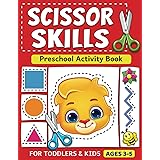

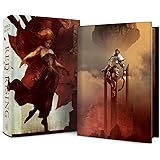
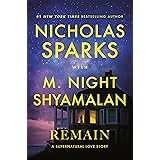
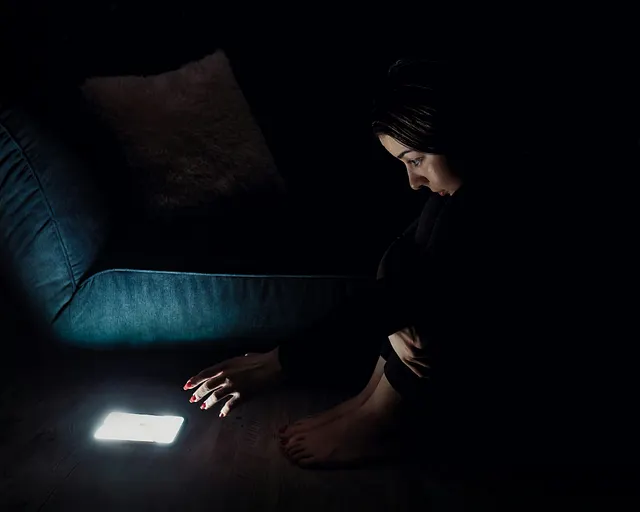

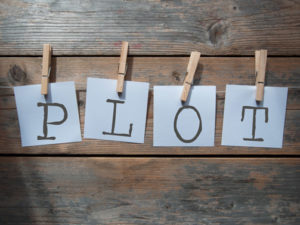
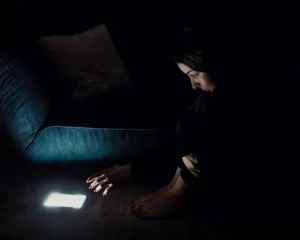



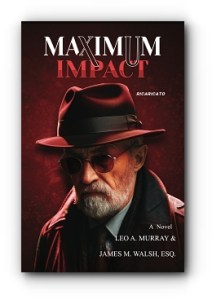
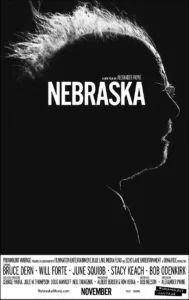
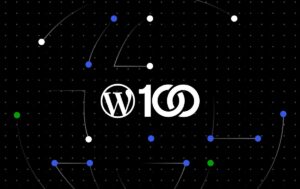
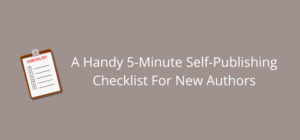
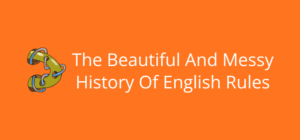

Post Comment